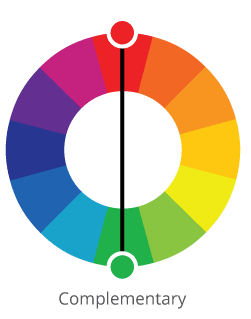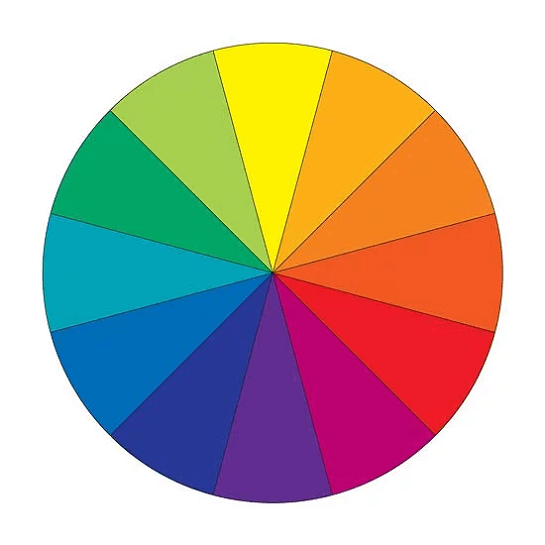What Color Is the Opposite of Green?
Are you curious about what color is the opposite of green? Stick around as we will share the answer…
When we were young, one of the first things we learned is that colors are related to one another. Whether it is due to similarities or differences, hues can be connected in one way or another. One significant color relation is dissimilarity.
Take green for example. It is related to, say, teal because they share similarities; it can also be connected to another hue because they are contrasts. So what color is the opposite of green?
If you are wondering what hue is considered the reverse of another, it is important to have a little refresher on the color wheel. So, let’s dive right in…
The Color Wheel
Look back on the earliest lessons you had about colors. As a kid, you may remember that your teacher introduced you to a colorful circle called the color wheel.
This is one of the most fundamental things any kid in an art class should learn. This wheel will play an important role in finding out the opposite of green.
First, let us look at the most basic hues that can be seen in the wheel. These are red, blue, and yellow, also called primary colors. When you mix two primaries, you will get a secondary hue. The three secondaries are green, orange, and purple or violet.
Now, combine one primary and one secondary and you will get a tertiary color, which is sometimes referred to as an intermediary or intermediate hue.
You will get a color wheel when you line these pigments up in a circular manner according to their relations. Now, you may be wondering: what does that have to do with the opposite of green? Read on to find out…
Analogous and Complementary Colors
Speaking about color relations, two of the most basic types are analogous and complementary. When two hues are referred to as analogous, this means that they are closely related to one another.
They are usually found sitting next to or near each other on the wheel. For example, yellow is located right next to yellow-orange, followed by orange, then red-orange. This set of pigments is analogous.
Now, let’s go to complementaries. When you say that two hues are complementaries of each other, it means that they are contrasting. They are usually found sitting opposite each other on the wheel.
Take a look at the circular arrangement and you will see that yellow and violet are located on opposite sides. In fact, they are directly facing each other, which means that they are complementaries.
However, keep in mind that just because they are opposite does not mean that they do not go well together. Just look at blue and yellow. In fashion, designers effectively create color blocking using blue and yellow. This also creates excellent designs in interiors and art.
Ready to learn what the opposite of green is? Keep reading…
What is the complementary color to green?
To answer the question directly, the opposite of green is red. They are located precisely opposite each other on the wheel. While they are contradictory, they usually go well together.
In fact, this combination has become closely associated with merriment and festivities.

Just remember that you can only use these two pigments side-by-side and not by mixing them together. In fact, blending any two complementaries will result in a muddy color. So, unless you want to reproduce a version of brown, make sure to only use red and green alongside each other.
Green and Red in Psychology
When you hear of red and green together, the first thing that will come to mind is Christmas. Today, Christmas has become a season of joy and celebration, which makes these two hues perfect for advent.
In art and design, this duo makes sense in terms of highlighting any of the two. When it comes to fashion, the combination has come to be associated with luxury brands such as Gucci and its line of products that use green and red as the brand’s trademark.
Individually, the two hues have different but related meanings. Red is known as a physical hue. It is usually associated with passion, strength, warmth, and energy. It is also related to excitement. When taken in a negative light, red can be seen as an aggressive and stressful shade.
Meanwhile, green is seen as a balancing hue. This means that it is closely connected with ideas of harmony, rejuvenation, equilibrium, and peace. However, it can also have negative connotations, which are boredom, blandness, and stagnation.
The Bottom Line
Color relations can be observed even when the hues are considered opposites. When taken together, complementaries definitely work well with each other. So, don’t be afraid to experiment with opposites! I hope you enjoyed our explanation of what color is the opposite of green on the color wheel.
Read Latest Posts

Hi, I'm Anthony Tran! Welcome to my site. I live in Arizona and am obsessed with all things related to building an Online Business and working from home. Learn about my journey here.
Follow Online




